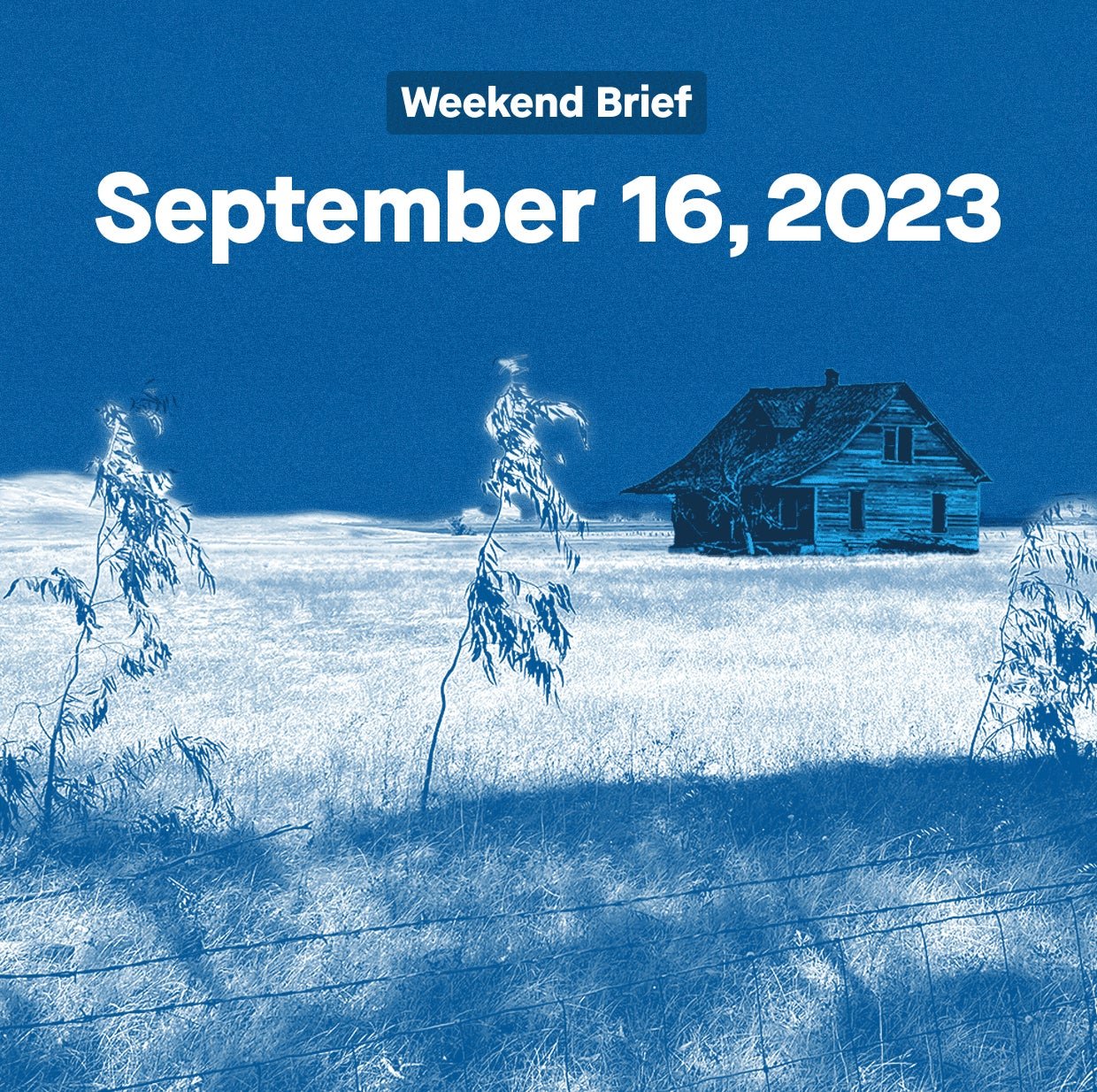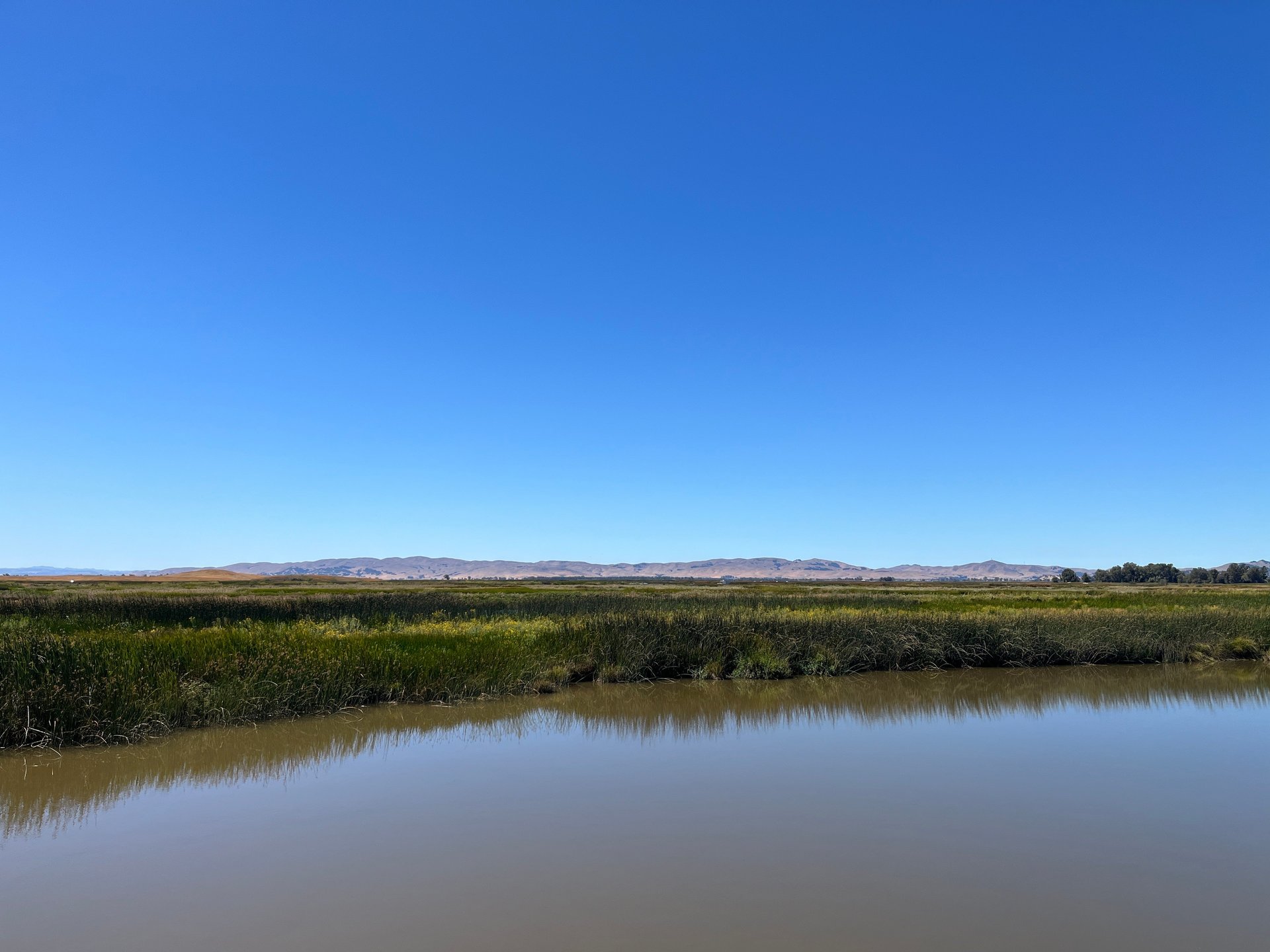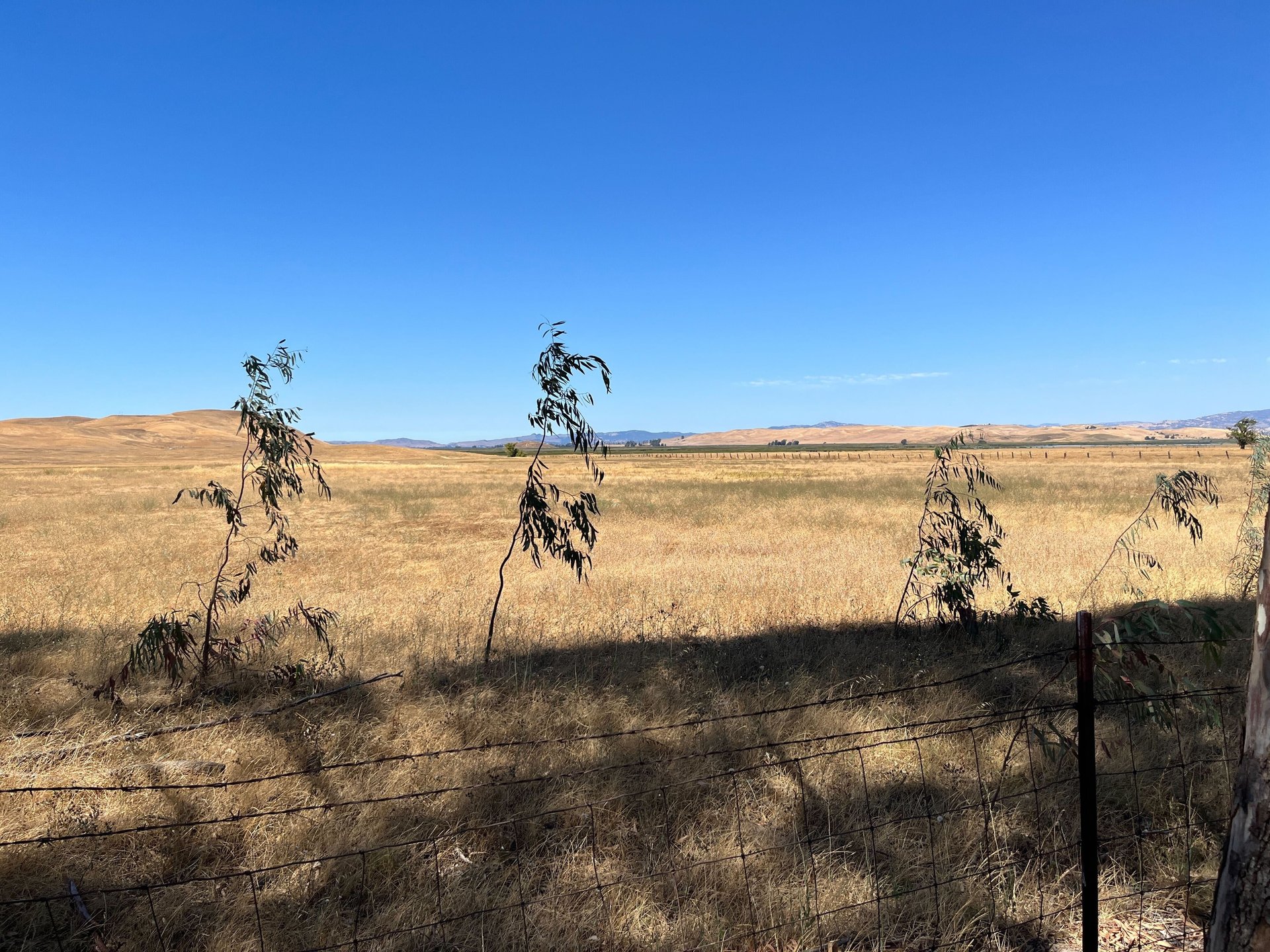Slicker cities
California's tech moguls want to build a utopian new city—but the history of rich folks with urban aspirations isn't encouraging


Hi Quartz members!
The people who built the internet are trying to build a city.
A who’s who of Silicon Valley billionaires—Marc Andreessen, John Doerr, Reid Hoffman, Michael Moritz, and Laurene Powell Jobs among them—are backing the urban aspirations of the entrepreneur Jan Sramek. His company, California Forever, has reportedly spent $800 million to secretly buy 50,000 acres of land in Solano County, an hour and a half northwest of San Francisco, with the aim of turning it into a paradise of walkable urbanism.
The company’s website says “This is not just our idea,” citing two regional development plans identifying their target area as a good site for new communities. The problem is: Those plans date from 1959 and 1970 respectively. The latest plan, approved by local elected officials in 2021, doesn’t see it that way. Solano County, the plan concludes, is “less suited for growth” because of “relatively limited job centers and transit options coupled with wildfire risk.” (California Forever didn’t respond to questions for this story.)
THE CON CASE
It’s easy to be skeptical if you drive out to the low hills of Solano County, beside the estuary where the Sacramento River empties into the San Francisco Bay. It’s grazing land now, and it’s too far from the ocean to enjoy the cooler climate of the Peninsula or the East Bay. It’s hot most of the year, and only accessible via a two-lane highway.
Jim Spering, a member of the regional planning commission who has been an elected Solano County official since 1987, says that California Forever doesn’t make sense to him. Local development has been focused on existing cities and reflects the available transit and water options. Adding tens of thousands of new residents would stress that infrastructure. “If their intentions were honorable, they would have met with the county and city staff and elected officials and really talked about what they are trying to do,” Spering says.

The billionaires behind California Forever are, to say the least, also unreliable narrators. Some, after all, are the same people who raised more than $7 billion to invest into “web3” after publishing an essay devoted to the importance of building real things. Now California Forever is on a charm offensive to convince voters to OK its plans (and to approve the public investments needed for these plans to materialize). Without that green light, the project could fail altogether.
BUILD, BUILD, BUILD
There’s no question that the broader Bay Area needs more private investment in new housing. But planners like Spering would like it to be done more efficiently: by putting houses near jobs, for example, or at least next to a transit line, rather than hours away.
There are certainly many parts of the Bay Area that are more suited to developing sustainable housing, says Sarah Karlinsky, a senior advisor at SPUR, the San Francisco Bay Area Planning and Urban Research Association. She offered the examples of megaprojects like Parkmerced and Treasure Island, the plan to redevelop an old Navy base in nearby Concord.
But Karlinsky admits that “whatever we are doing right now is not working to promote housing affordability... When you start thinking about this new city in that context, it makes one think, is this a potential opportunity?” At the park outside Fairfield’s City Hall in Solano on a hot Friday afternoon, a dozen apparently homeless people are living proof of her point.

Karlinsky and SPUR want more details on California Forever before they offer opinions about the project. SPUR’s former leader, Gabriel Metcalf, happens to be the director of planning for California Forever, and Karlinsky referred to a 2014 essay by Metcalf that might shed light on his plans. It discusses efforts by city planners in the UK to build new towns to relieve London’s housing problems: “the right way to manage growth is to create another generation of new towns, out past the greenbelt, or as [historian Sir Peter Hall] put it, ‘beyond the NIMBY frontier.’”
A BRIEF, NON-EXHAUSTIVE HISTORY OF RICH PEOPLE BUILDING TOWNS
Builders gonna build. And corporate imperialists who reach a certain stage of grandeur tend to find themselves turning to city-building as a way to solve problems or demonstrate their power.
Pullman, Illinois. Developed by the industrialist George Pullman to support (and control) the workers who built his namesake railroad cars, the city was hailed as a modern marvel when built in the 1880s. However, after a dozen striking workers were killed by US troops in 1894, public opinion soured on the city, and it was incorporated into Chicago after Pullman’s death. Another worker township from the same era, Hershey, Pennsylvania, is still around and thriving, though.
Fordlandia. In 1928, Henry Ford attempted to build a city in Brazil, with the aim of establishing a supply of rubber for his cars. The plan failed, however, when locals revolted against Ford’s paternalistic control over their diets and behavior, and none of the rubber made it into his vehicles.
Disney’s Reedy Creek. The land where the Walt Disney company’s Florida theme park operates has been in the news since the corporation got one over on the state’s governor Ron DeSantis. Technically a special tax district, Reedy Creek gives the company political control of nearly 40 sq mi, including 134 miles of road, that 250,000 people visit daily.
Starbase and Snailbrook. Elon Musk’s SpaceX has been developing a launch site and test facility near Boca Chica, in Texas, for almost a decade. Musk has mused on Twitter about making it an actual city called Starbase, but appears to have done nothing about it so far. Musk has also set in motion plans to build a city called Snailbrook near Austin, to serve the employees of his companies. Prosecutors are investigating whether Tesla used company funds to build a glass house for Musk in the area.
ONE 🏙️ THING
Cities are more than just buildings and people; they’re a product of local norms and laws. Economists have observed the importance of institutions like these in driving prosperity, and some have proposed the idea of “charter cities” in poor countries, inspired by places like Hong Kong, a Chinese city that prospered under British governance. Paul Romer, the former chief economist at the World Bank, backed such a project in Honduras, but it ended up failing after a struggle for control over the private municipality.
The same principle underlies the Peter Thiel-backed idea of seasteading, where communities afloat in international waters could develop their own libertarian-style political systems. None of these modern projects have really gotten off the ground—perhaps because cities are emergent properties of human activity. They need the intersection of democratic energy and geographic necessity if they are to succeed.
Thanks for reading! And don’t hesitate to reach out with comments, questions, or topics you want to know more about.
Have an urbane weekend!
—Tim Fernholz, senior reporter